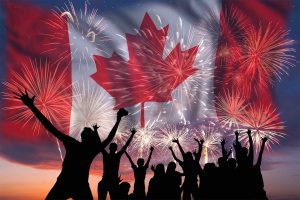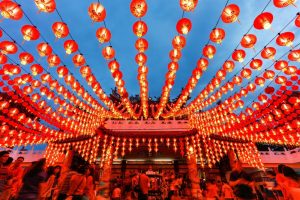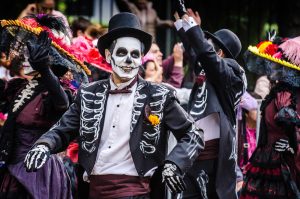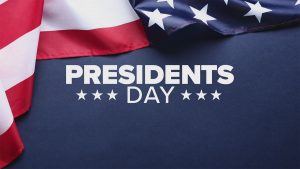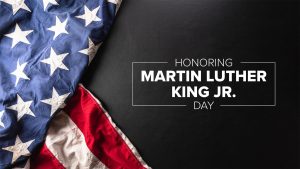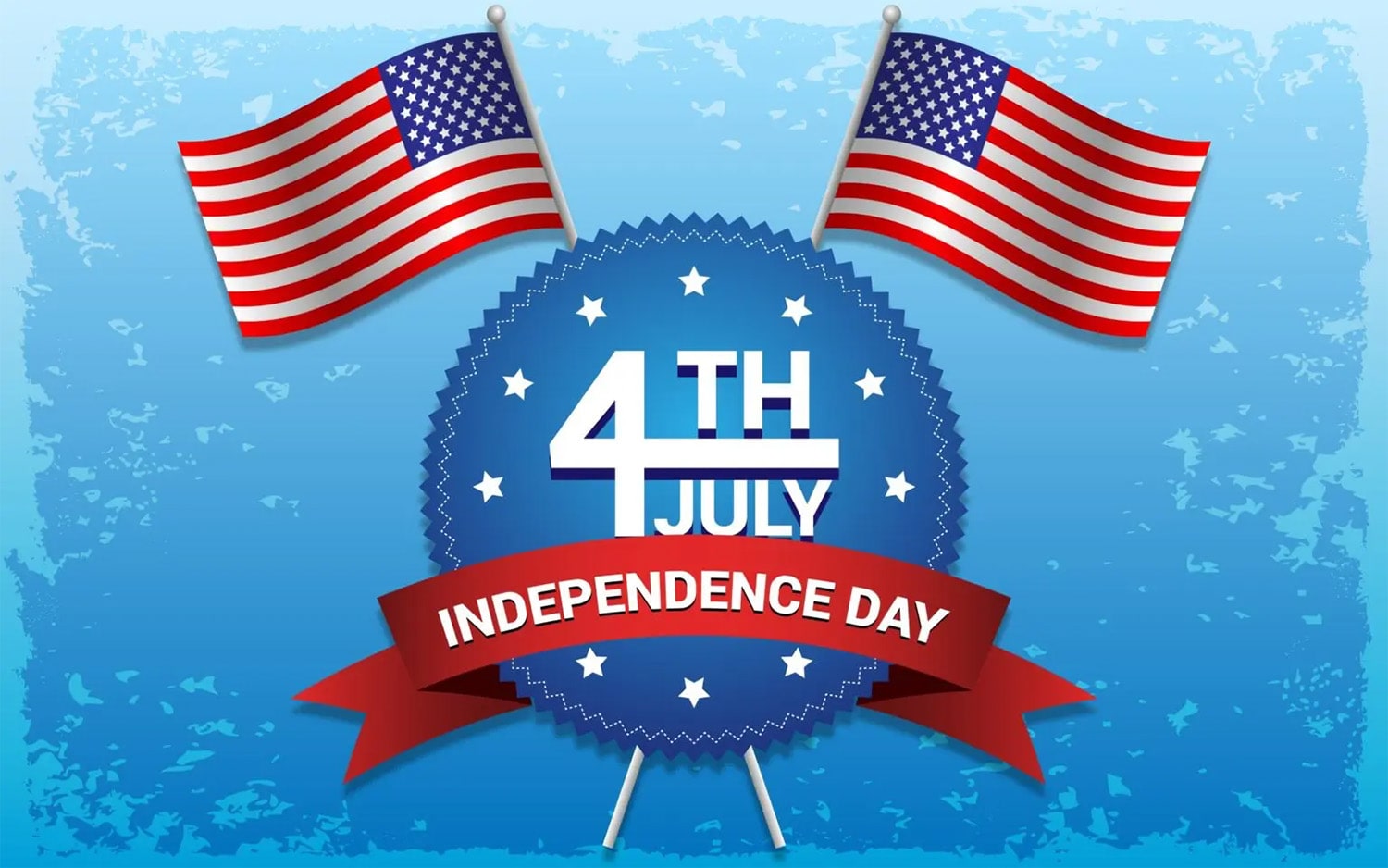
32 interesting facts about Independence Day
- 👁️ 432
Independence Day, celebrated on July 4th in the United States, marks a pivotal moment in American history—the adoption of the Declaration of Independence in 1776. This day is commemorated with great enthusiasm and patriotism, symbolizing the country’s birth and its values of freedom and democracy. From spectacular fireworks and parades to solemn ceremonies and spirited public gatherings, Independence Day is an occasion that unites Americans from all walks of life in celebration of their nation’s heritage. Beyond the festivities, this holiday offers a moment to reflect on the sacrifices made for independence and the ongoing journey toward fulfilling the ideals enshrined in the Declaration. Let’s explore some interesting and informative facts about Independence Day that illuminate its significance, traditions, and some lesser-known aspects of its history.
- The Declaration of Independence was formally adopted by 12 of the 13 American colonies on July 4, 1776; New York did not vote until July 9.
- The actual signing of the Declaration of Independence took place on August 2, 1776, nearly a month after its adoption.
- John Adams believed that July 2, the day the Second Continental Congress voted for independence, would be celebrated as Independence Day, not July 4.
- The first organized celebration of Independence Day took place in Philadelphia on July 4, 1777, setting the precedent for annual celebrations.
- Benjamin Franklin, John Adams, and Thomas Jefferson, all signers of the Declaration of Independence, later served as U.S. Presidents.
- Both Thomas Jefferson and John Adams died on July 4, 1826, the 50th anniversary of the Declaration of Independence.
- James Monroe, another Founding Father and the fifth President of the United States, also died on July 4, in 1831.
- The tradition of setting off fireworks on Independence Day began in Philadelphia in 1777 during the first anniversary celebration.
- The Liberty Bell is tapped 13 times every Independence Day in honor of the original 13 colonies, but it is not actually rung due to its crack.
- Independence Day did not become a federal holiday until 1870, nearly a century after the Declaration of Independence was signed.
- The iconic American patriotic song, “The Star-Spangled Banner,” originated as a poem written by Francis Scott Key during the War of 1812, but it only became the national anthem in 1931.
- The Fourth of July was strategically chosen by the United States for the successful Mars Pathfinder landing in 1997 as a symbolic gesture.
- The annual Nathan’s Hot Dog Eating Contest, an Independence Day tradition, began on Coney Island in 1916.
- The Philippines also celebrates its Independence Day on July 4, in recognition of its independence from the United States in 1946, although it was later changed to June 12, marking its independence from Spain.
- The term “Independence Day” was first used by Thomas Jefferson in a letter in 1776.
- Calvin Coolidge, the 30th President of the United States, was born on July 4, 1872.
- The oldest continuous Independence Day celebration in the United States is the Bristol Fourth of July Parade in Rhode Island, which began in 1785.
- An estimated 150 million hot dogs are consumed in the U.S. each Fourth of July.
- Approximately 14,000 professional fireworks displays light up the skies in the United States each Fourth of July.
- The White House held its first Fourth of July party in 1801, hosted by Thomas Jefferson.
- The tune of the national anthem was originally an English drinking song titled “To Anacreon in Heaven.”
- Every Fourth of July, the Declaration of Independence is read aloud before the Liberty Bell in Philadelphia.
- The American flag’s 13 stripes represent the original 13 colonies, while the stars represent the 50 states of the Union.
- The Fourth of July became a paid holiday for federal employees in the United States in 1941.
- In Denmark, a country with many American expatriates, there is an annual Fourth of July celebration in Rebild National Park.
- New York City’s fireworks display is one of the largest in the United States, with over 75,000 pounds of fireworks ignited.
- Several countries, including Denmark, England, Norway, Portugal, and Sweden, also celebrate the Fourth of July as a way to attract American tourists.
- George Washington issued double rations of rum to all his soldiers to celebrate the Fourth of July in 1778.
- The Fourth of July was first celebrated in the White House by Thomas Jefferson in 1801.
- In 1851, the first recorded use of “firecrackers” on the Fourth of July was documented.
- The U.S. imports millions of American flags each year, with the majority coming from China.
- The Fourth of July inspires communities across the United States to hold parades, many of which feature marching bands, floats, and military units.
Independence Day serves as a powerful reminder of the United States’ struggle for freedom and the values that define the nation. It’s a day of reflection, celebration, and unity, bringing together Americans to honor their shared history and look forward to the future. The traditions and facts surrounding Independence Day underscore its significance as not just a summer holiday, but a pivotal moment in American history that continues to shape the country’s identity. As we celebrate with fireworks, parades, and barbecues, we also pay tribute to the enduring spirit of independence and democracy that July 4th represents.

